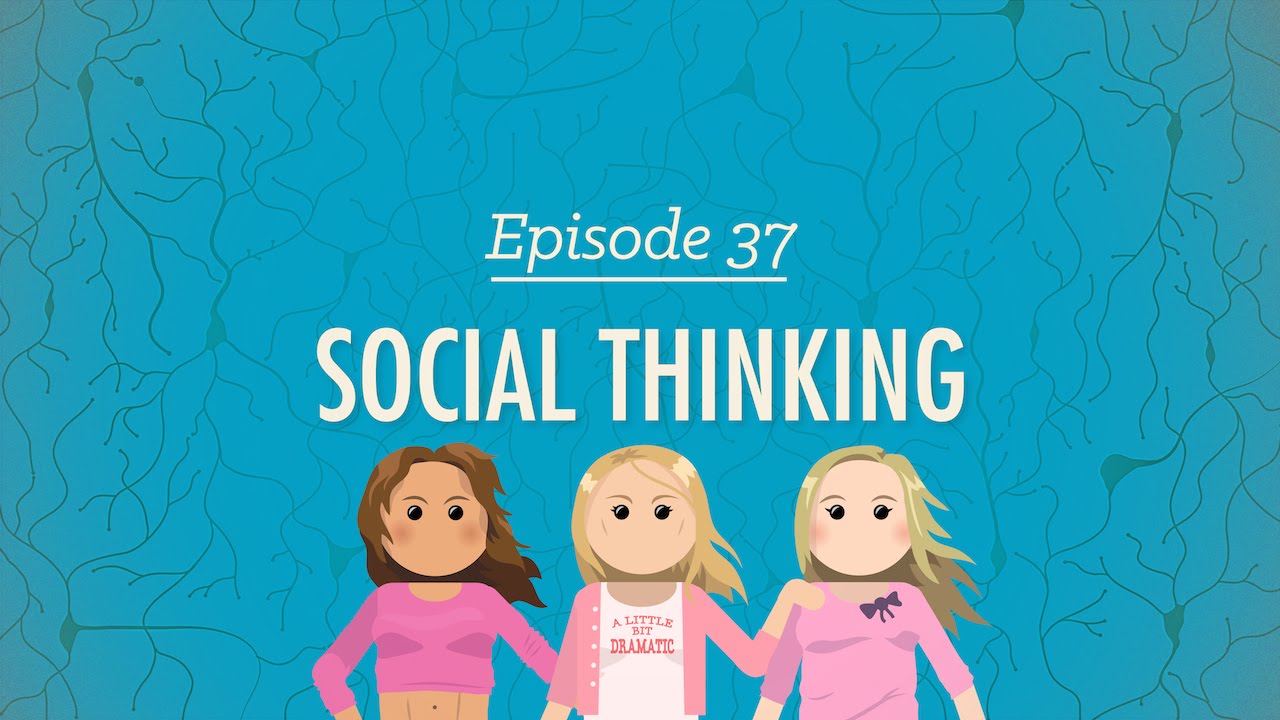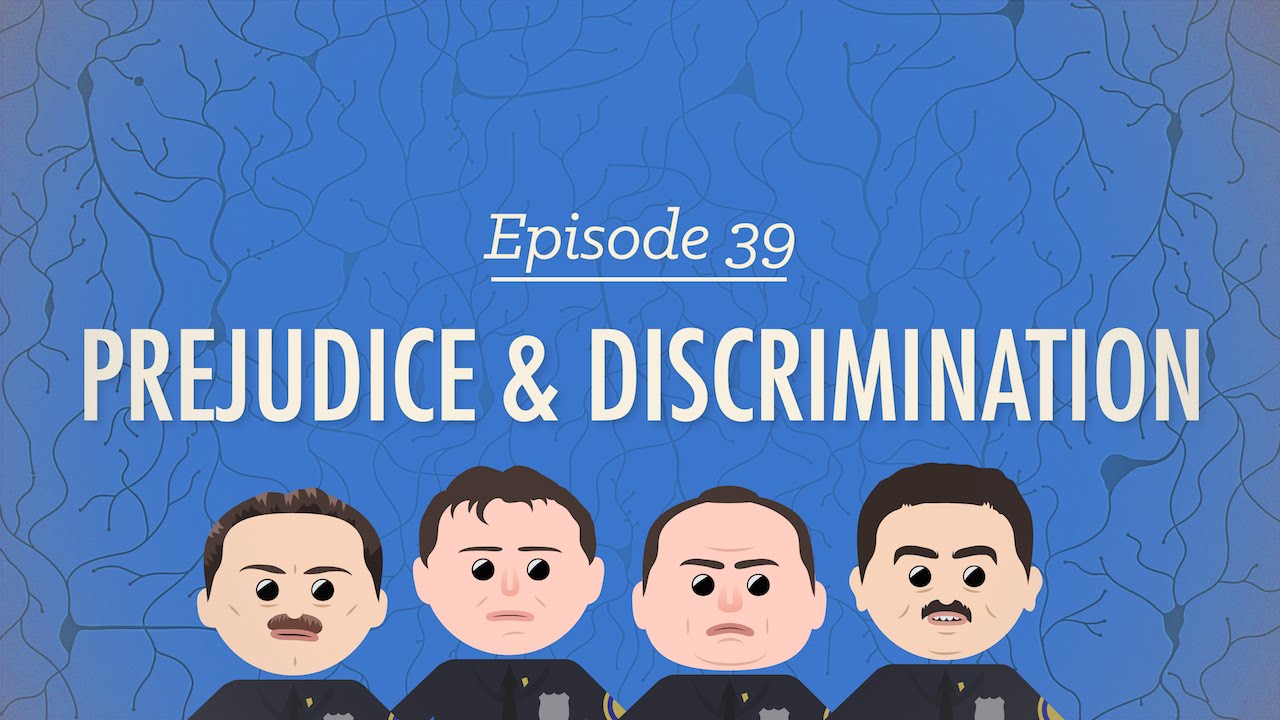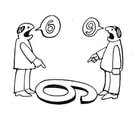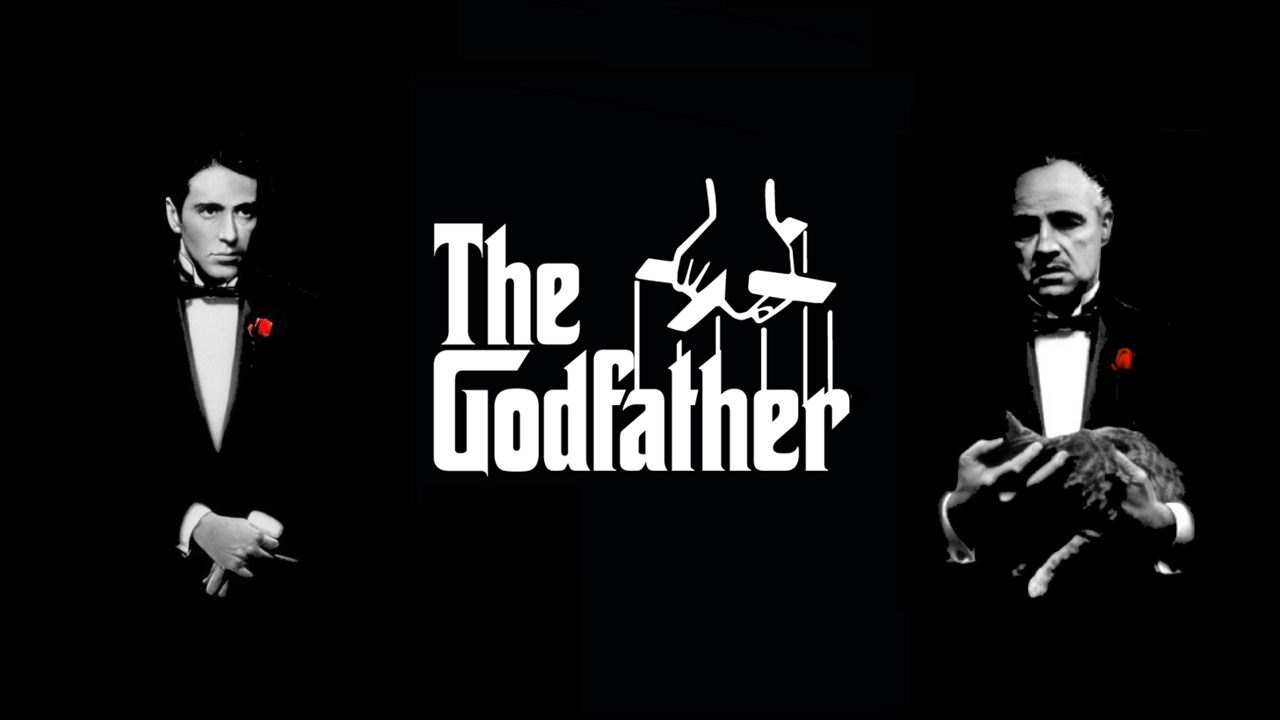SPCH 010
Interpersonal communication
Week 3
|
Culture
Culture: The relatively specialized lifestyle of a group of people. This includes: values, beliefs, ways of behaving and communicating, artifacts. Universal Level: Characteristics that are shared by all humans (biological traits) Individual Level: characteristics that are unique to a particular individual. Collective Level: certain values, attitudes and, consequently, behavior, are shared with other members of a group (culture, subculture) Enculturation: learning culture into which you were born Acculturation: learning a new culture. Social identity: the part of the self-concept that is based on group membership. Co-culture: a group whose values, beliefs or behaviors set it apart from the larger culture, similarities such as age, race, nationality, religion, or activity. Subculture: group of people within a culture that differentiates itself from the parent culture to which it belongs to, often maintaining some of its principles such as hippies, goths and bikers. Salience: the weight we attach to a particular person or phenomenon. Low-context culture: Language expresses thoughts, feelings, and ideas as directly as possible (individualistic cultures). High context culture: Relies heavily on subtle, often nonverbal cues to maintain social harmony. Indirect and vague (collectivistic cultures). |
Cultural traits:
Interpersonal Trust.
Verbal Communication styles
Developing Intercultural Communication Competence
|
Week 4
|
The Self/Identity
American philosopher W. D. Ross offered a partial answer to this question by arguing that human beings have certain moral duties—obligations that are self-evident at first glance. Among these are the duties of: 1. Fidelity: to keep promises 2. Reparation: to make up for any wrongs committed 3. Gratitude: to feel and express appreciation for the kindness of others 4. Beneficence: to promote goodness and help others 5. Self-improvement: to become the best person we possibly can 6. Justice: to distribute goods fairly, according to what others have earned and deserve 7. Non-maleficence: to refrain from injuring others and to prevent injury Communication and the Self
|
I walk a tightrope of unique design. I teeter, falter, recover and bow. You applaud. I run forward, backward, hesitate and bow. You applaud. If you don’t applaud I’ll Fall. Cheer me! Hurray me! Or you push me Down. —Lenni Shender Goldstein Self-love, My liege, is not so vile a sin as self-neglecting. —Shakespeare, King Henry V Presenting the Self: Communication as Identity management
|
Week 5
|
Perception
The perception Process:
|
Perception Checking
The pillow method: a problem has four sides and a middle.
|
Midterm sample questions to study
1.We gain an idea of who we are from the way other react us.
A. True
2. In scientific jargon, any interference with communication is termed
noise
A. True
3. According to the qualitative definition, all two-person interaction is interpersonal.
B. False
4. In interpersonal contexts, the content dimension is more important that the relational dimension of
a message.
B. False
5. Which of the following allows us to use the terms
dyadic communication and interpersonal communication interchangeably?
6. An example of psychological noise is
C. insecurity
7. Which of the following is not a valid reason for studying communication?
B. wanting to manipulate weakness in others
8. Your first encounter at a job interview is affected by the interviewer's scowling facial expression. Which characteristic of communication best describes the situation?
C. Communication is a transactional process.
9. Environments are also referred to as:
A. contexts
10. Marshall McLuhan's “global village” metaphor suggests:
A. members of every nation are connected by communication technology
11. In North American culture categories such as age, ethnicity, race, gender, sexual orientation, physical disabilities and religion are all considered
C. co-cultures
12. Rather than classifying some exchanges as intercultural and others as free from cultural influences, it's more accurate to talk about
A. degrees of cultural significance
13. Low-context cultures tend to value and emphasize
A. straight talk and assertiveness
14. If a group of preschool children play in a park and do not notice that their parents come from different countries or that they speak different languages, they are experiencing:
B. minimal salience on culture
15. The view that self-concept can be seen as a product of the messages you've received throughout
your life is known as
A. reflected appraisal
16. Which of the following is supported by research related to how the self-concept develops?
A. Self-concept does not exist at birth.
B. Self-concept is almost totally a product of social interaction.
C. Children recognize “self” as distinct from surroundings at about age 6 or 7 months.
D. All of the above are supported.
17. Which of the following is NOT an alternative to self-disclosure?
D. hinting
18. We attach meaning to our experiences using which of the following?
B. selection, organization, interpretation
19. Which step of perception is based on the fact that we notice some messages and ignore others?
A. selection
20. In Western cultures, such as the United States, silence is most often viewed as
B. an embarrassment
21. Treating people as individuals instead of assuming they possess the same characteristics as every
other member of the group to which you assign them is called
B. decategorizing
22. Empathy requires
A. open-mindedness
B. commitment
C. imagination
D. all of the above
A. True
2. In scientific jargon, any interference with communication is termed
noise
A. True
3. According to the qualitative definition, all two-person interaction is interpersonal.
B. False
4. In interpersonal contexts, the content dimension is more important that the relational dimension of
a message.
B. False
5. Which of the following allows us to use the terms
dyadic communication and interpersonal communication interchangeably?
- quantitative
6. An example of psychological noise is
C. insecurity
7. Which of the following is not a valid reason for studying communication?
B. wanting to manipulate weakness in others
8. Your first encounter at a job interview is affected by the interviewer's scowling facial expression. Which characteristic of communication best describes the situation?
C. Communication is a transactional process.
9. Environments are also referred to as:
A. contexts
10. Marshall McLuhan's “global village” metaphor suggests:
A. members of every nation are connected by communication technology
11. In North American culture categories such as age, ethnicity, race, gender, sexual orientation, physical disabilities and religion are all considered
C. co-cultures
12. Rather than classifying some exchanges as intercultural and others as free from cultural influences, it's more accurate to talk about
A. degrees of cultural significance
13. Low-context cultures tend to value and emphasize
A. straight talk and assertiveness
14. If a group of preschool children play in a park and do not notice that their parents come from different countries or that they speak different languages, they are experiencing:
B. minimal salience on culture
15. The view that self-concept can be seen as a product of the messages you've received throughout
your life is known as
A. reflected appraisal
16. Which of the following is supported by research related to how the self-concept develops?
A. Self-concept does not exist at birth.
B. Self-concept is almost totally a product of social interaction.
C. Children recognize “self” as distinct from surroundings at about age 6 or 7 months.
D. All of the above are supported.
17. Which of the following is NOT an alternative to self-disclosure?
D. hinting
18. We attach meaning to our experiences using which of the following?
B. selection, organization, interpretation
19. Which step of perception is based on the fact that we notice some messages and ignore others?
A. selection
20. In Western cultures, such as the United States, silence is most often viewed as
B. an embarrassment
21. Treating people as individuals instead of assuming they possess the same characteristics as every
other member of the group to which you assign them is called
B. decategorizing
22. Empathy requires
A. open-mindedness
B. commitment
C. imagination
D. all of the above






